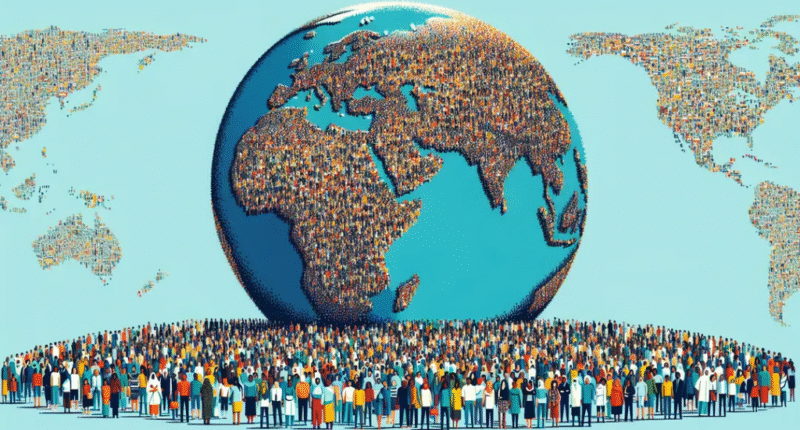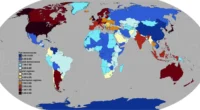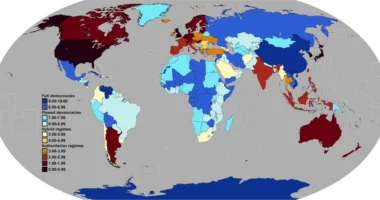World Population – History & Projection
The world population has always been one of the most important indicators of human progress and challenges. From early agricultural societies to today’s digital age, population growth has shaped civilizations, economies, and social structures.
Early Human Population
In 10,000 BCE, during the Agricultural Revolution, the global population was only 5–10 million. Farming allowed humans to settle, leading to gradual growth. By 1 CE, the population reached 200 million.
Middle Ages & Pandemics
During the Middle Ages, wars and diseases slowed growth. The Black Death in the 14th century killed one-third of Europe’s population, significantly reducing global numbers.
Industrial Revolution & Rapid Growth
The 18th–19th centuries marked a turning point. With advances in medicine, agriculture, and sanitation, death rates declined. The population hit 1 billion in 1800, then grew rapidly:
-
1927: 2 billion
-
1960: 3 billion
-
1999: 6 billion
21st Century Trends
In 2022, the world reached 8 billion. Growth is slowing due to lower fertility rates, but Africa and Asia remain hotspots of expansion. Europe and Japan face population decline from aging.
Future Projections
-
2050: Around 9.7 billion people, mostly in Africa and South Asia
-
2100: Stabilization near 10.4 billion
Challenges Ahead
Population growth will bring challenges in food security, water supply, healthcare, education, and climate change adaptation.
Conclusion
The history of world population reflects human struggles and achievements. The future depends on sustainable development, innovation, and global cooperation.









